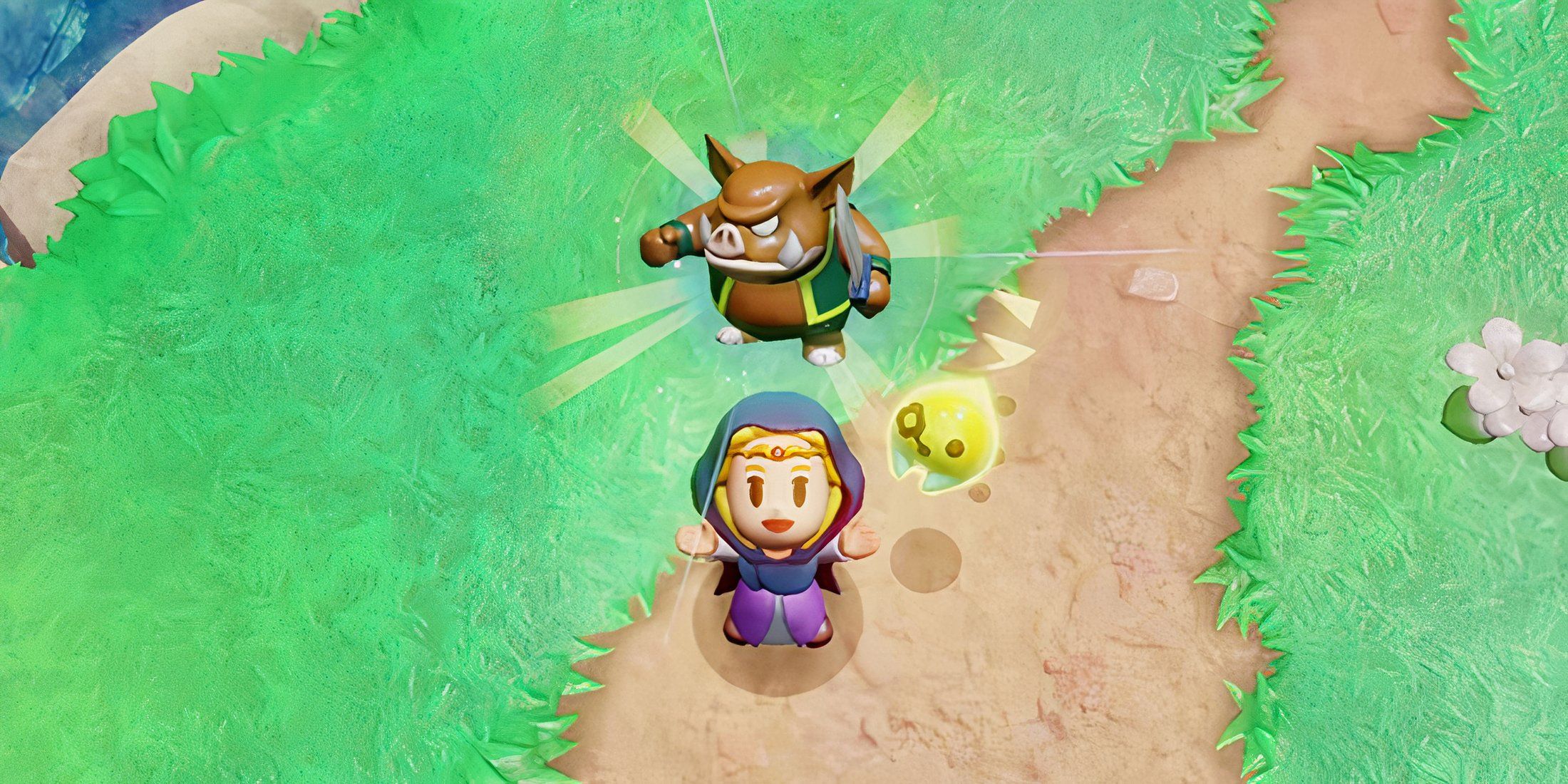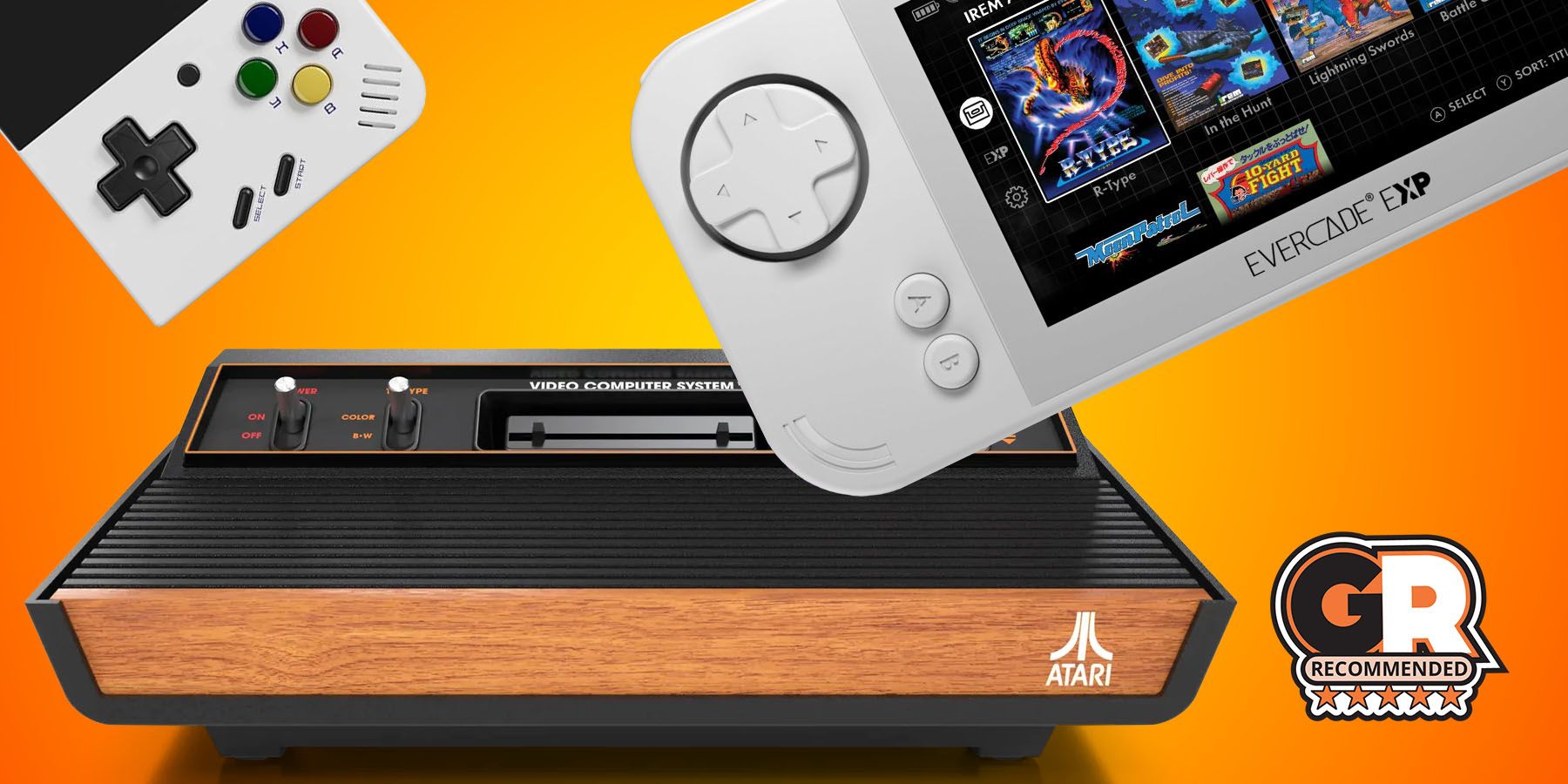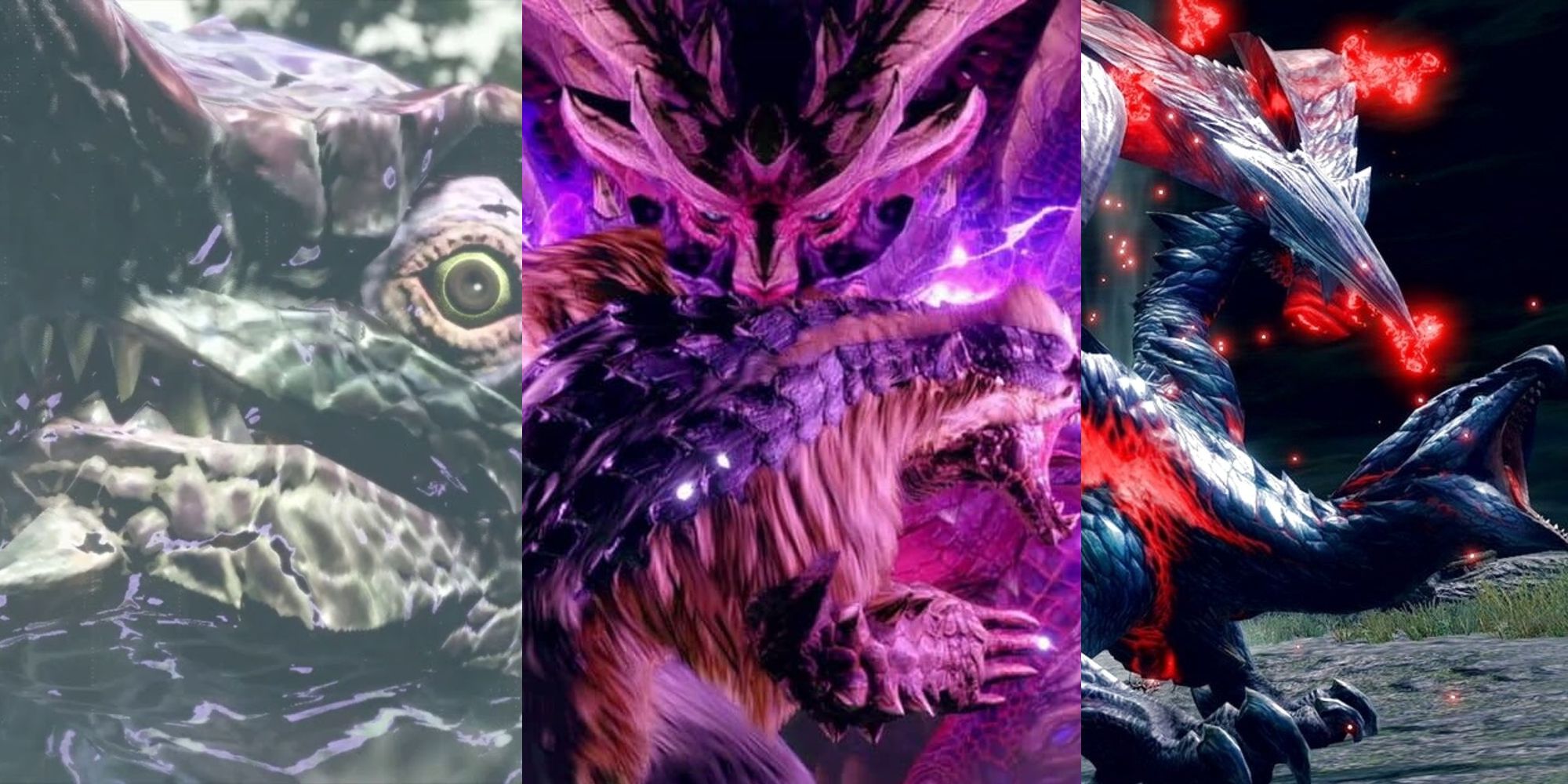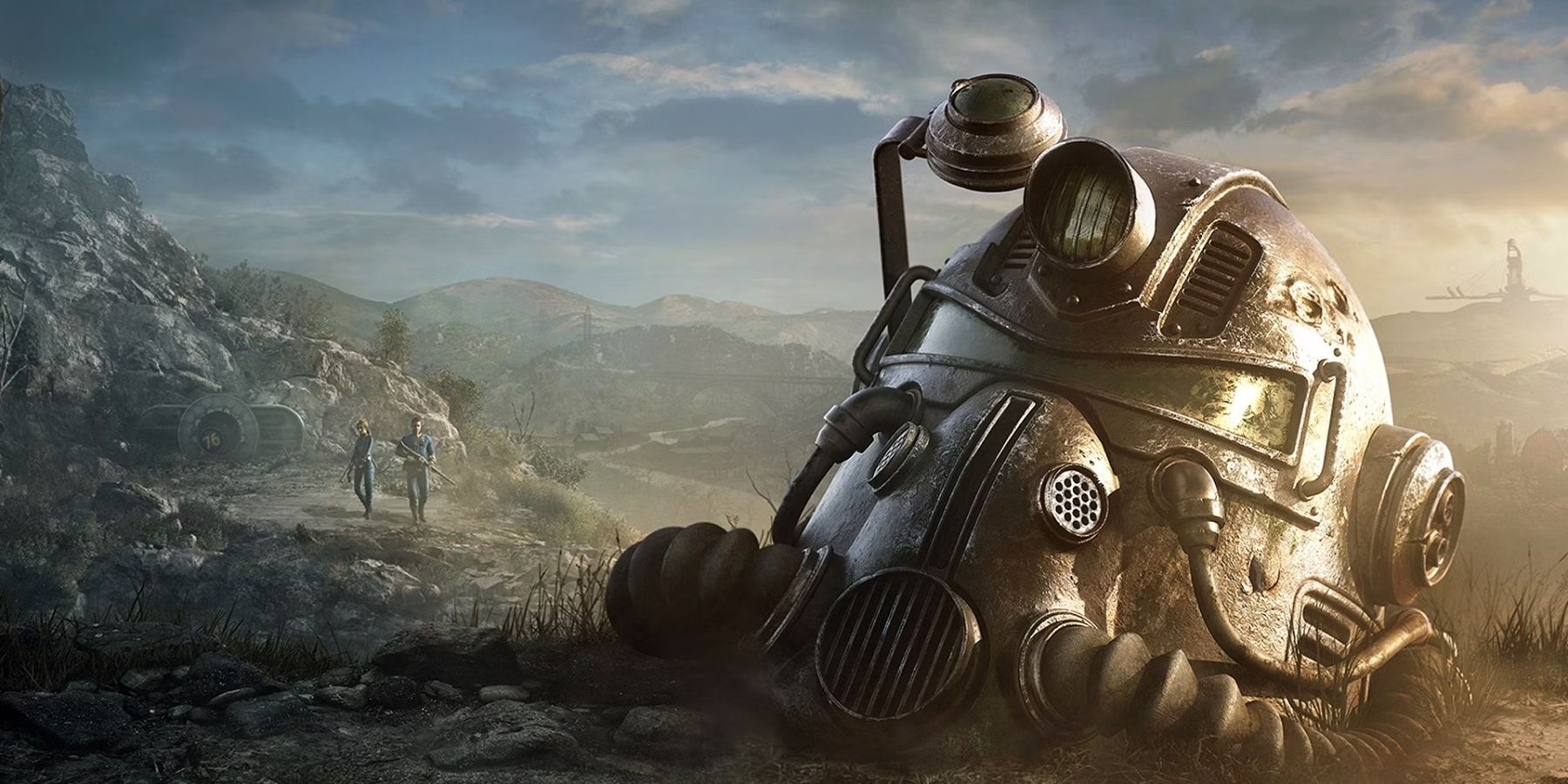Slitterhead’s launch is just around the corner, and the upcoming title is set to send gamers on a journey that will be at turns exciting, strange, and scary. As the debut release from Siren and Silent Hill creator Keiichiro Toyama’s Bokeh Game Studio, Slitterhead will see players thrust into a fictionalized East Asian city infested with the titular creatures. Taking on the role of a ghostly protagonist, players will explore and battle through the neon-and-rain-drenched streets of Kowlong against the hordes of monsters, while attempting to uncover the source of their invasion and prevent it from spreading.
Though it will have action-oriented gameplay and mechanics, Slitterhead also aims to lean heavily into more disturbing territory. And as sound design and related audio elements are often more integral components in horror games, Slitterhead is no exception in this regard. In a chat with Game Rant, composer and audio director Akira Yamaoka explained his approach to creating and balancing Slitterhead‘s various aural aspects and atmosphere, describing how they work to enhance immersion and contribute to an appropriately thrilling and unsettling experience. The following interview has been edited for clarity and brevity.
3:16
Related
Slitterhead – Tokyo Game Show Trailer
Horror game Slitterhead reveals details about its rough urban setting and terrifying creatures in this trailer revealed at Tokyo Game Show 2024.
Slitterhead’s Composer On Designing a Unique and Natural Soundtrack
Q: Can you talk a little bit about how you approached composing for Slitterhead overall?
Akira Yamaoka: As it’s a Keiichiro Toyama work and the first project from Bokeh Game Studio, I approached the production with great enthusiasm. Since the game is entirely unique and doesn’t quite fit into existing genres, I felt a strong sense of a mission to create a one-of-a-kind sound design. Personally, I always strive to create truly original works, so it’s been a very enjoyable creative process for me.
Q: What does its overall soundtrack try to convey?
Yamaoka:Slitterhead is a unique action game that also features horror elements. Ultimately, I hope that players will find the world intriguing, and also feel like “That was a really fun action game” when they finish. Ideally, the sound should blend naturally into the game and not stand out. Sound is one key element alongside all other aspects such as characters, backgrounds, UI, which all come together to support the game’s appeal. I always aim to create an experience where players realize just how much sound also contributes as they become immersed in the game.
Making Slitterhead’s Environmental and Character Soundscapes Distinct
Q: What about the environment? How did you approach sound designs for creating the atmosphere?
Yamaoka: I placed great importance on the distinction between “Real” and “Reality.” While advancements in hardware have brought visual and sound representation closer to the “Real,” I believe that alone is not enough. Games are entertainment and exist in fictional worlds, so it’s essential to express not just realism but also evoke emotions, warmth, and a sense of expansiveness that conveys “Reality.” In particular, for ambient and drone sounds, I avoided using standard assets and instead created unique, organic, and varied sounds to represent the world of Slitterhead. I truly hope players enjoy that sound experience.
Q: Similarly, what was the sound design process like for the various Slitterheads? Could you also discuss how sounds related to the Hyoki were designed and compare in the game?
Yamaoka: Looking from atop the world of this game, I felt that Hyoki and the Slitterheads aren’t completely opposing forces in terms of their true nature; I felt that this ambiguous balance was very important. I first established the sound of the Slitterheads and developed Hyoki’s design by subtracting elements from there. By iterating through playing the game many times in line with the game design and progression, I expanded the auditory imagery of both entities.
[END]
Yamaoka’s vision and approach to Slitterhead‘s overall sound design sets it up to truly stand out in this area. Particularly, the focus on giving both the otherworldly main character and the terrifying antagonists their own unique but related auditory flavors and identities sounds incredibly promising and intriguing. Combined with Slitterhead‘s other features, its sound design is poised to provide a memorably haunting and striking soundtrack.
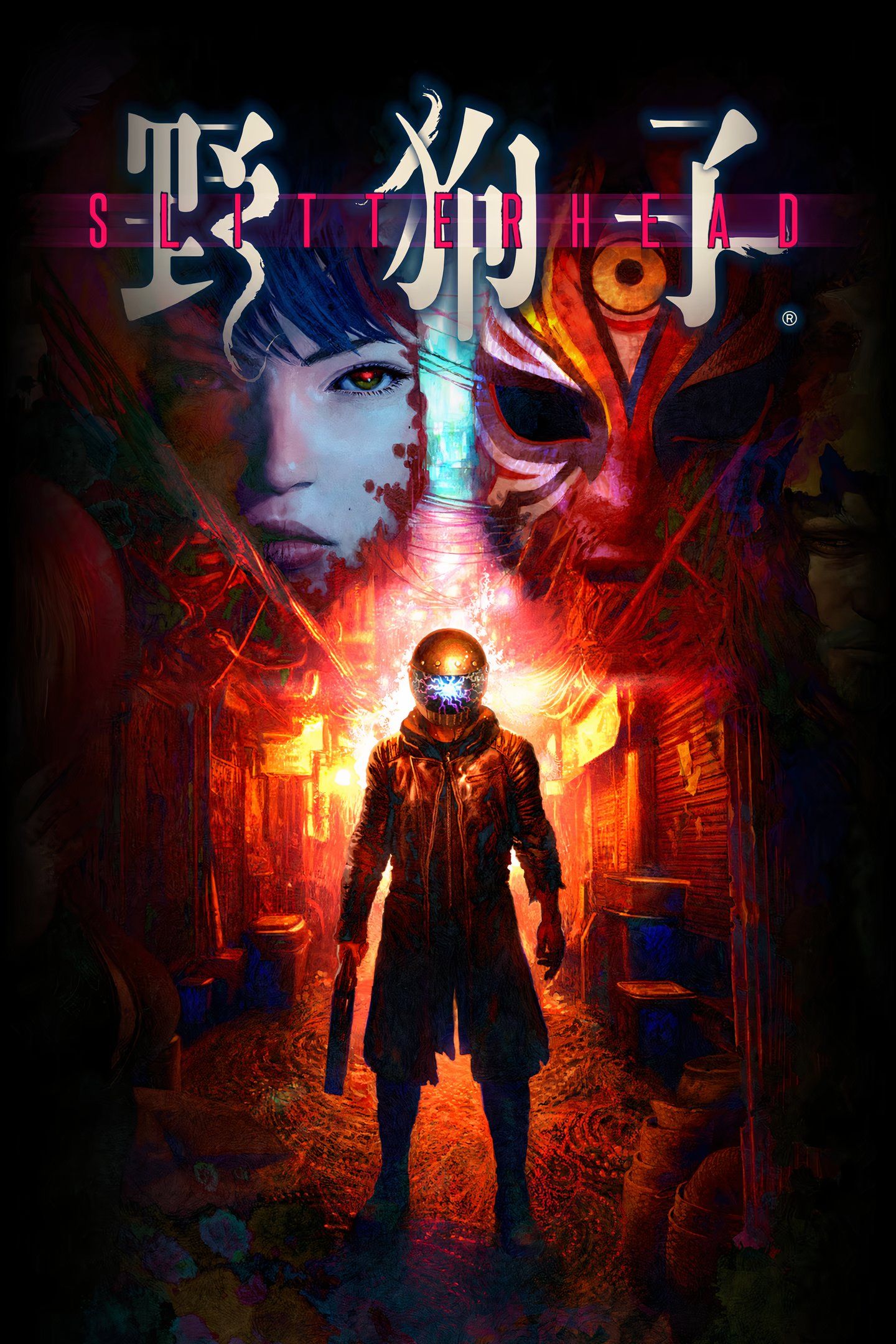
- Released
- November 8, 2024
- Developer(s)
- Bokeh Game Studio
- Publisher(s)
- Bokeh Game Studio
- ESRB
- m



